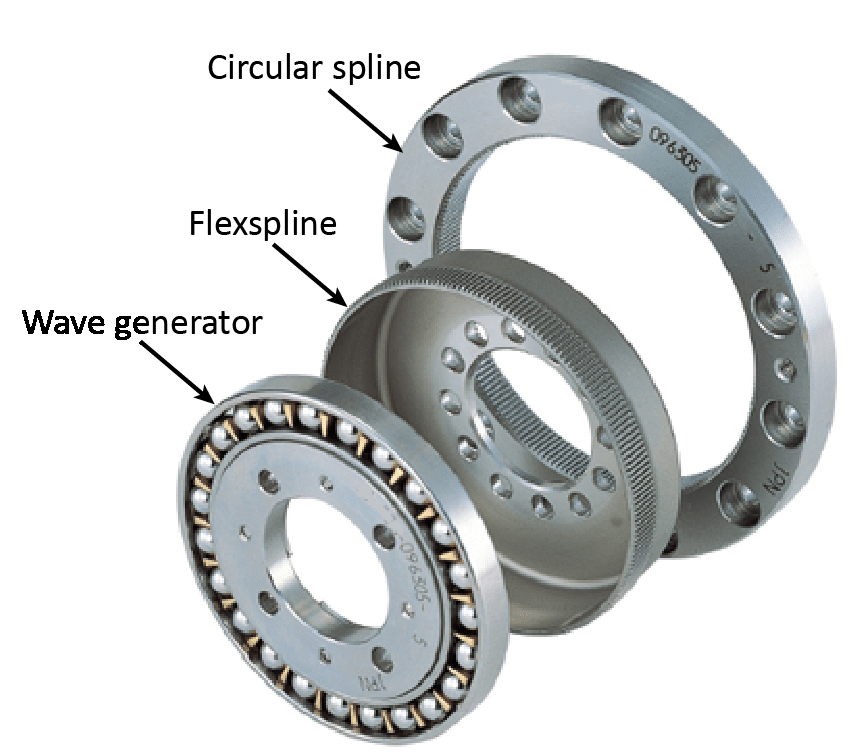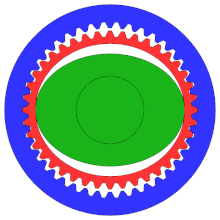DECEMBER 2023
Harmonic Drive Mounts and the Pegasus NYX-101
Few amateur astronomers can havenot noticed a new type of telescope mount called a Harmonic Drive (orStrainwave) mount. They are very light andportable compared to standard equatorial mounts and do not need counterweightsexcept for the heaviest telescopes. Their cost lies between that of typical (lessthan £1,500) and premium (more than £4,000) equatorial mounts and range from £1,665for the ZWO AM3 up to £3,395 for the iOptron HEM44EC.
They are built around Strainwave gears which have zero backlash and very high torque – which is why counterweights are not usually needed. This is because there are always many the teeth within the gear in mesh – as opposed to perhaps 4 in a worm drive. The drive gears have three main parts: an outer fixed ring with internal teeth, a flexible ring (flexispline) inside with, typically, two fewer teeth than the fixed ring – these face outwards to engage with the teeth on the inside of the outer ring. The elliptical wave generator is abutted into the flexispline. As it rotates within the flexible ring, it forces the teeth on opposing sides of the ring into the outer gear causing the flexispline to turn at a very slow rate – giving very high reduction ratio. The rear of the flexispline is, however, very rigid and coupled to the RA or Dec axes. [It rotates in the opposite direction to the input drive. They have reduction ratios in the range 100-150. Most Astronomy systems used have a x300 or x500 total reduction with a belt drive from the stepper motor providing the remaining reduction.

